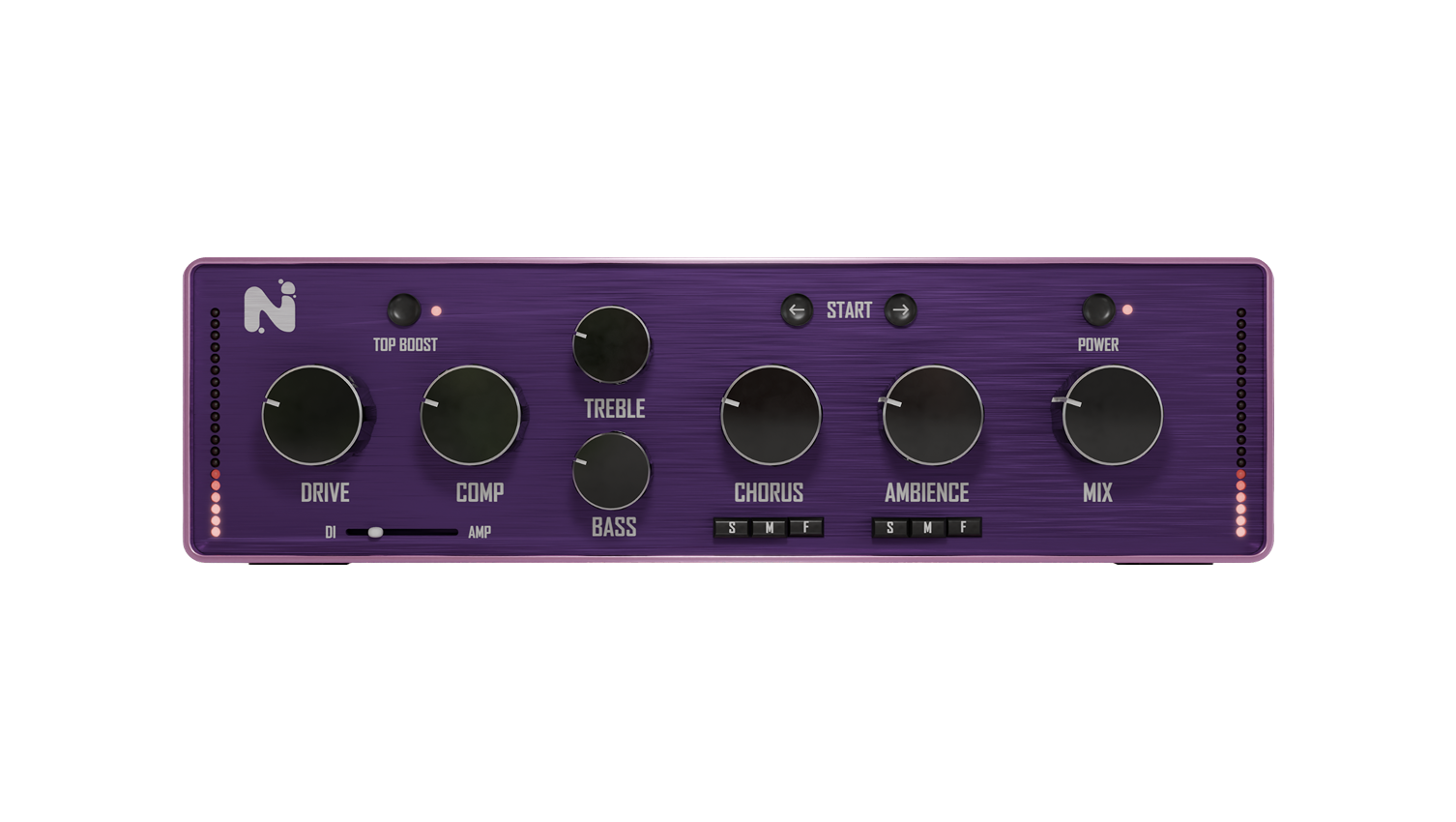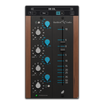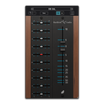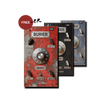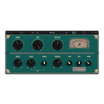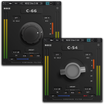Creating a musically exciting arrangement can be the difference between a good song and a great one. At N.A. Studios, Sam Loose often focuses on mixing and mastering, but today the spotlight is on taking a basic chord structure and enhancing it to make it more captivating. The process involves subtle adjustments that significantly impact the musicality of your track.
Step-by-Step Enhancement of a Simple Chord Sequence
Starting Point:
- Begin with a simple sequence: F, C, D minor, C.
- While these chords sound pleasant, they lack excitement and musicality.
Inverting Chords for Homogeny:
- To create a common thread, use inverted chords. For instance, moving the C from the bottom of a C chord to the top creates a sense of unity between chords.
- Example: Instead of F (F, A, C) and C (C, E, G) in different octaves, play F (F, A, C) and move the C up an octave for continuity.
Adding Sevenths and Nines:
- Enhance the F major chord by adding a major seventh. Play F (F, A, C) and add an E on top to create an F major 7 chord.
- For the C major chord, add a ninth. From C (C, E, G), add a D on top for a C added 9 chord.
- Add a minor seventh to the D minor chord. Play D (D, F, A) and add a C on top for a D minor 7 chord.
Creating Movement with Bass Lines:
- Instead of static root notes, incorporate movement. For example, in the C major chord (C, E, G), use E as the bass note for a smoother transition.
- Construct a descending bass line to complement a descending top line, ensuring a cohesive journey through the chords.
Practical Implementation
Experimentation:
- Adding a major third or fifth in the bass can change the feel of the chord progression. Experiment with different notes within the chord structure to find what best serves the musical journey.
Combining Elements:
- Once the chords and bass lines are adjusted, combine them with the beat to assess the overall impact. The aim is to create a piece that feels like a cohesive unit rather than disjointed blocks.
Comparison and Contrast:
- Compare the enhanced sequence with the original block chords. The difference in musical interest and storytelling is usually stark, showcasing the power of these small changes.
Conclusion
Incorporating these techniques transforms simple chords into a more dynamic and engaging musical piece. By adding sevenths, nines, and thoughtful bass lines, you create a journey rather than a static sequence. Remember, a great final product starts with a great arrangement. Paying attention to these details in the arrangement stage lays the foundation for a fantastic mix and an excellent final master.

